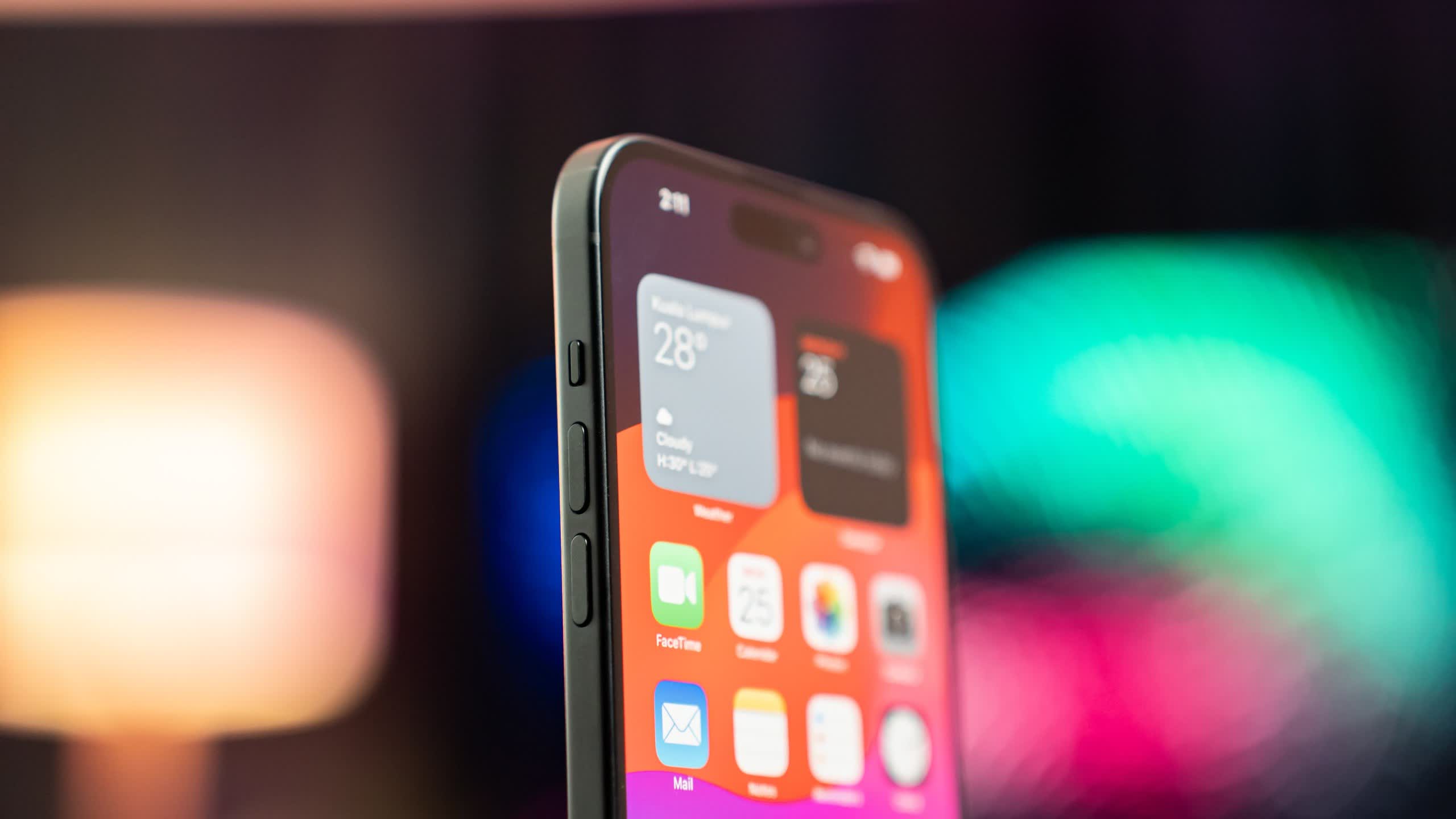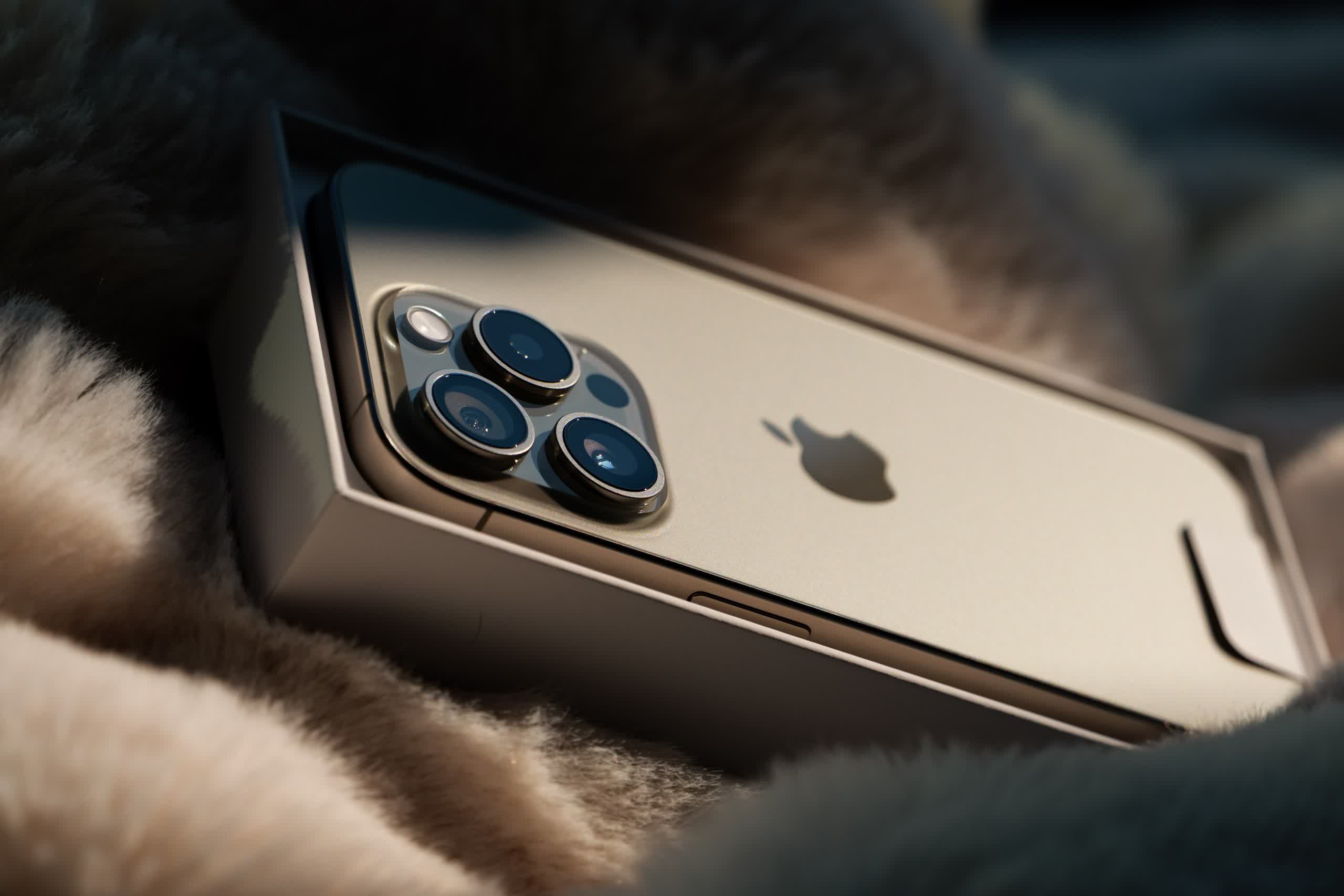A hot potato: Almost immediately after launch, customers began complaining that the iPhone 15 Pro and Pro Max were getting very hot to the touch during charging. Just days ago, Apple poo-pooed the complaints, saying that it was normal for the phones to get hot while charging and that the problem would disappear after a few days of use.
Apple dropped iOS version 17.0.3 on Wednesday. The update comes only a week after 17.0.2, but it was a somewhat pressing patch since it contains a fix for the overheating issue that iPhone 15 Pro owners have experienced since launch. Cupertino went ahead and released iPadOS 17.0.3 as well for consistency.
"We have identified a few conditions which can cause the iPhone to run warmer than expected," Apple said over the weekend. "The device may feel warmer during the first few days after setting up or restoring the device because of increased background activity."
However, FLIR tests revealed that the phones were running as hot as 40C (118F) on their surface, which is not typical of past iPhones or handsets from competitors. Apple said that iOS would execute a notice if the phone overheats, and some users reported that it did just before shutting down.
Apple acknowledged that it had identified a bug affecting a few users that caused the phone to get too hot and promised a patch. The company indicated that another problem caused by third-party app developers was contributing to the troubled launch. Some of the offending apps include Instagram, Uber, and others.

"We have also found a bug in iOS 17 that is impacting some users and will be addressed in a software update," Apple said in the same statement. "Another issue involves some recent updates to third-party apps that are causing them to overload the system. We're working with these app developers on fixes that are in the process of rolling out."
MacRumors notes that initially, some users speculated that the iPhone 15's titanium frame caused the overheating, but Apple denied that as a contributing factor. It said the titanium frame offered better heat dissipation than the stainless steel chassis on previous models.
Apple analyst Ming-Chi Kuo hypothesized that the problem was with compromises designers made with the thermal design. If true, Apple would have to throttle the new A17 processor to get the issue under control, but the company promised the fix would not affect performance.
Now that it is available, I'm sure we will hear about it loud and clear if the phone's performance is affected in any way.
